Reverb is arguably the most effective weapon in the arsenal of a mixing engineer. From creating the ambiance of a small room to expansive, deep halls, reverb is used on most recorded music to create space, separation, and other effects. So what exactly is reverb and how does work?
What is Reverb?
Reverb (short for reverberation), is created when a sound is reflected off surfaces, and then decays as it is absorbed by surfaces and objects. The sound of reverb is most obvious when the sound source has stopped but the reflections continue and decay over time. To understand a classic example of this phenomenon for yourself, imagine clapping your hands in a large church. The clap only lasts for a fraction of a second. This is the direct sound. However, you will hear your clap reverberate throughout the church and decay over a few seconds. That is the sound of reverberation (or reverb). Reverb times can range from less than one second (for tight, small spaces) to 4, 5, 10 seconds or longer for an even more pronounced effect.
Chamber Reverb
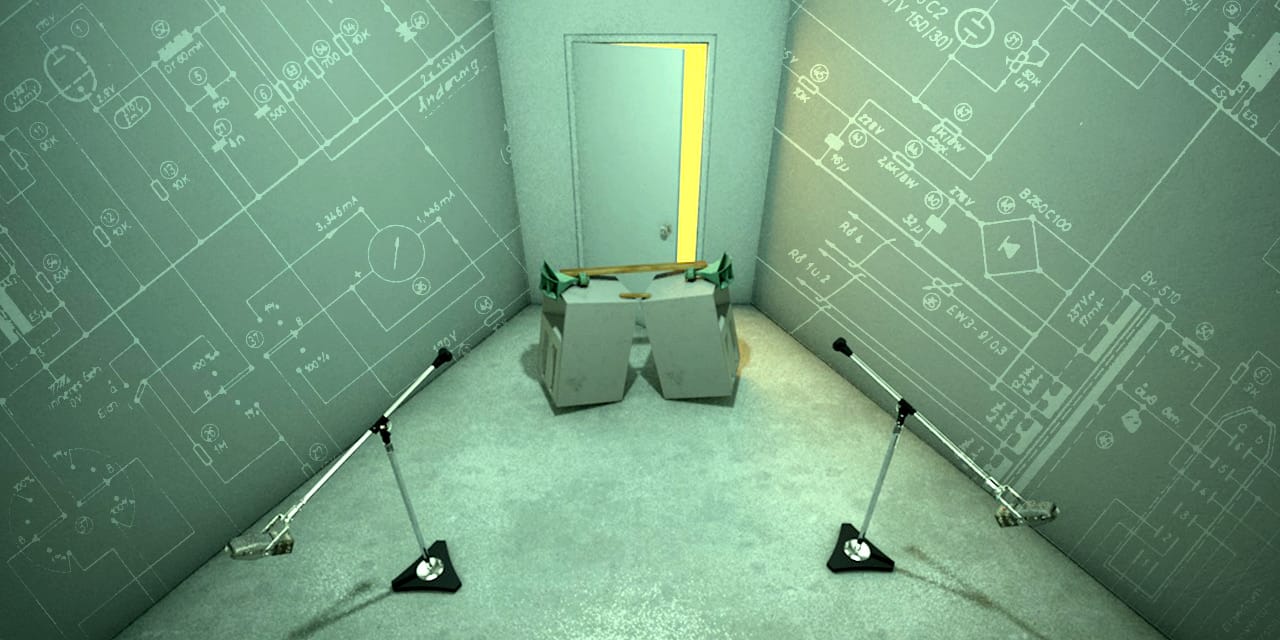
Chamber reverbs are some of the oldest reverb effects and date back to the 1940s. Back then, Bill Putnam (of Universal Audio fame), created the first reverb chamber using a bathroom. Building upon the success of Putnam’s first chamber, studios built chambers in a variety of rooms, including bathrooms, hallways, stairways, and other reflective rooms. To create the chamber effect, a speaker would be placed to play audio into a room with a microphone set up to route the sound of the room back to the audio console. The “wet” signal coming from the chamber would then be blended to taste with the original “dry” source signal”.
Chamber reverbs offer a lush sound while still preserving clarity that can sometimes be lost in other types of verbs. They sound great on a wide variety of sources, including guitars, strings, vocals, drums, and more. If you want to hear a classic use of chamber reverb, put on your favorite Beatles album and you’ll experience the legendary chambers of Abbey Road Studios.
Plate Reverb
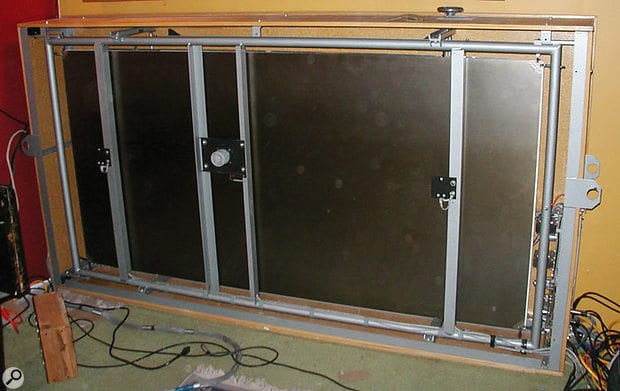
While chamber reverbs try to recreate the sound of real, physical spaces, plate reverbs are different. Plate reverbs are essentially large metal plates, approximately 6′ x 3′, that vibrate as the audio signal passes through them. The vibrations are captured using a contact microphone and result in a warm, smooth, and dense reverb tone.
The most famous reverb plate is the EMT 140, also found at Abbey Road Studios. The sought after sound of the EMT 140 and other plates have found their way into digital emulations over the past twenty years, and many of them are high-quality and very convincing. The most common use for plate reverbs include vocals and snare drums, and they can make these elements really pop.
Hall Reverb

As one of the most used reverbs in professional audio, hall reverbs emulate large spaces like churches, theaters, and concert venues. In most cases, the halls that are being emulated have been chosen because they have minimal echoes, are tonally even, and have few room modes. In short, they sound awesome. Some concert halls are even designed to amplify low frequencies so that orchestras can sound more full.
Modern digital reverbs that emulate large halls typically offer control over various parameters. Using these parameters, you can alter the shape, size, distance, and tonality of world-famous halls and concert venues.
Hall reverbs offer the ability to produce big, rich, three-dimensional ambiance. When used properly, they add depth without interfering with the forward elements of your mix.
Spring Reverb
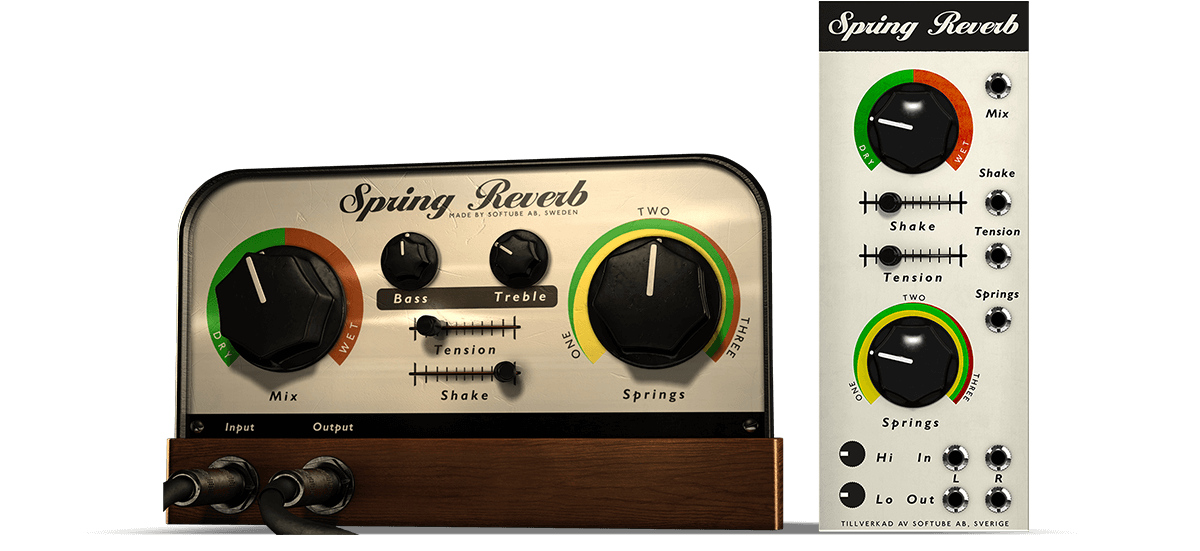
Of all the reverb types, spring reverbs are perhaps the most unique. In some ways, spring reverbs are siblings to plate reverbs. Similar to plates, spring reverbs use a vibrating mechanism, in this case, a spring, to generate the reverberation effect.
A hardware spring reverb unit can have one or multiple springs and are often small in size. As such, spring reverbs are commonly found in guitar amps.
Spring reverbs provide a bright, punchy tone that is unmistakably vintage in character. While the most common use is for electric guitar tracks, spring reverbs are often used on vocals as well. Give it a try!
Room Reverb
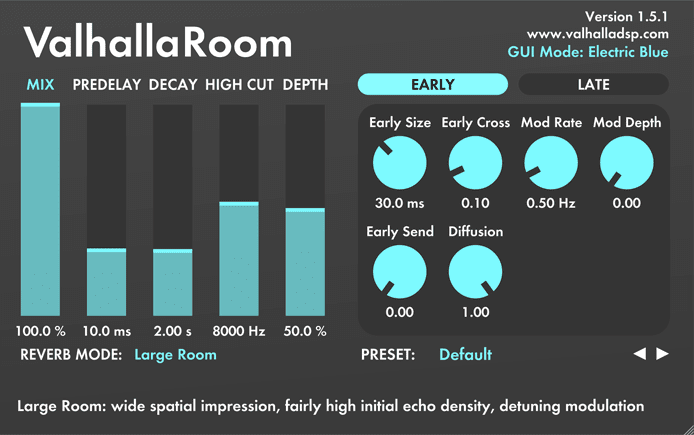
In most instances, room reverbs are designed to recreate the natural ambiance of smaller spaces. You can easily use room reverbs on just about any element in your mix, from piano and drums to vocals, strings, and guitars. Because of their tight reverberation times, room reverbs can be used to add excitement and color to your mix, as opposed to longer reverbs, which add depth and a more pronounced three-dimensional effect.
Using a room reverb is a great way to add some subtle space to a track while preserving a certain amount of intimacy in the performance.
Versatile Reverb Plugins
Now that you are familiar with some of the most common types of reverbs, here is a shortlist of some of my favorite reverb plugins. For this particular list, I’ve chosen plugins that are quite versatile and offer multiple styles of reverb. Keep in mind that most modern DAWs come with very capable reverb plugins included for free. Check them out as well because you might be surprised by the quality of the stock plugins. For example, D-Verb, included with Pro Tools, offers very respectable performance.
- Slate Digital Verbsuite Classics — arguably the biggest bang for the buck. You get a ton of presets that sound great, and models of multiple pieces of legendary hardware digital reverb units.
- Lexicon PCM Native Reverb Bundle — as one of the biggest names in digital effects, these reverb plugins from Lexicon are top-notch. The price is a little steep, but if you’re a purist, you may find it’s worth the premium.
- Waves H-Reverb Hybrid Reverb — In my opinion, H-Reverb by Waves, is one of the most underrated reverb plugins on the market. It offers depth and reverb tails that sound beautiful, and the price is incredibly attractive, at just $59.99.
- Audio Ease Altiverb 7 — Altiverb is the most comprehensive reverb plugin available. It uses industry-standard convolution and features samples of real spaces, from the Sydney Opera House to quirky locations like the cockpit of a Jumbo Jet. With Altiverb, the possibilities are virtually endless. Check out the demo.
As I end many of my other posts, the best advice I can offer is to try all of these options and find the ones that match your taste.
You are now armed with some basic knowledge regarding different styles of reverb, and there are literally hundreds of plugins out there that emulate these effects. If you have a favorite reverb plugin (or hardware unit), drop a note in the comments below.

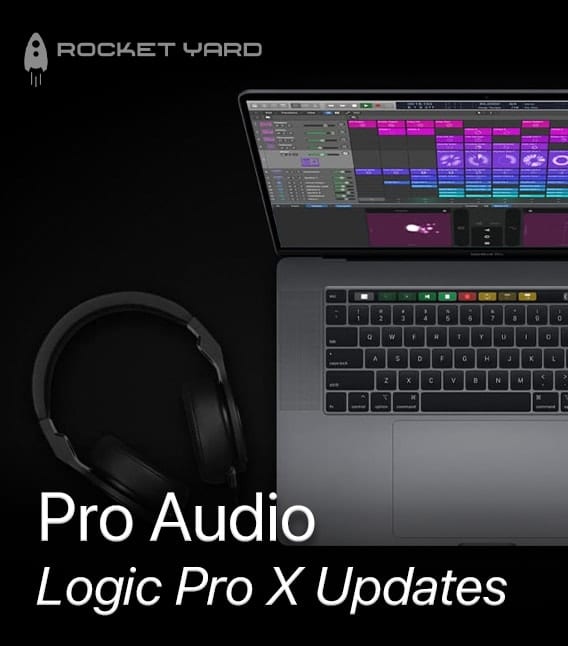
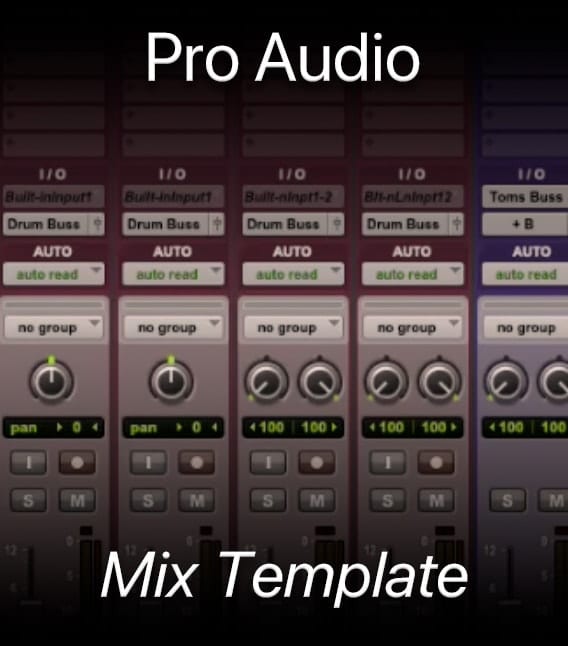

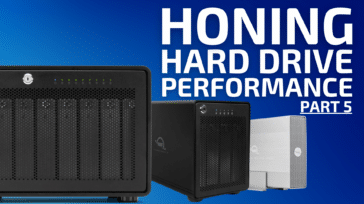
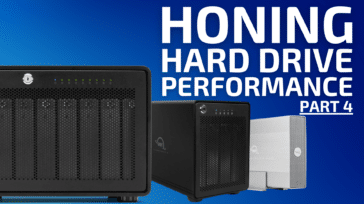
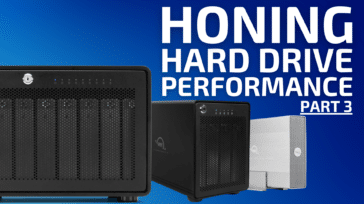
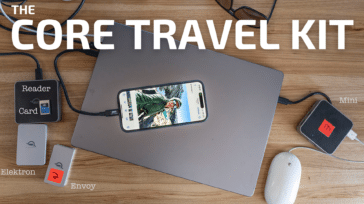


Very good article. Thanks, Josh!